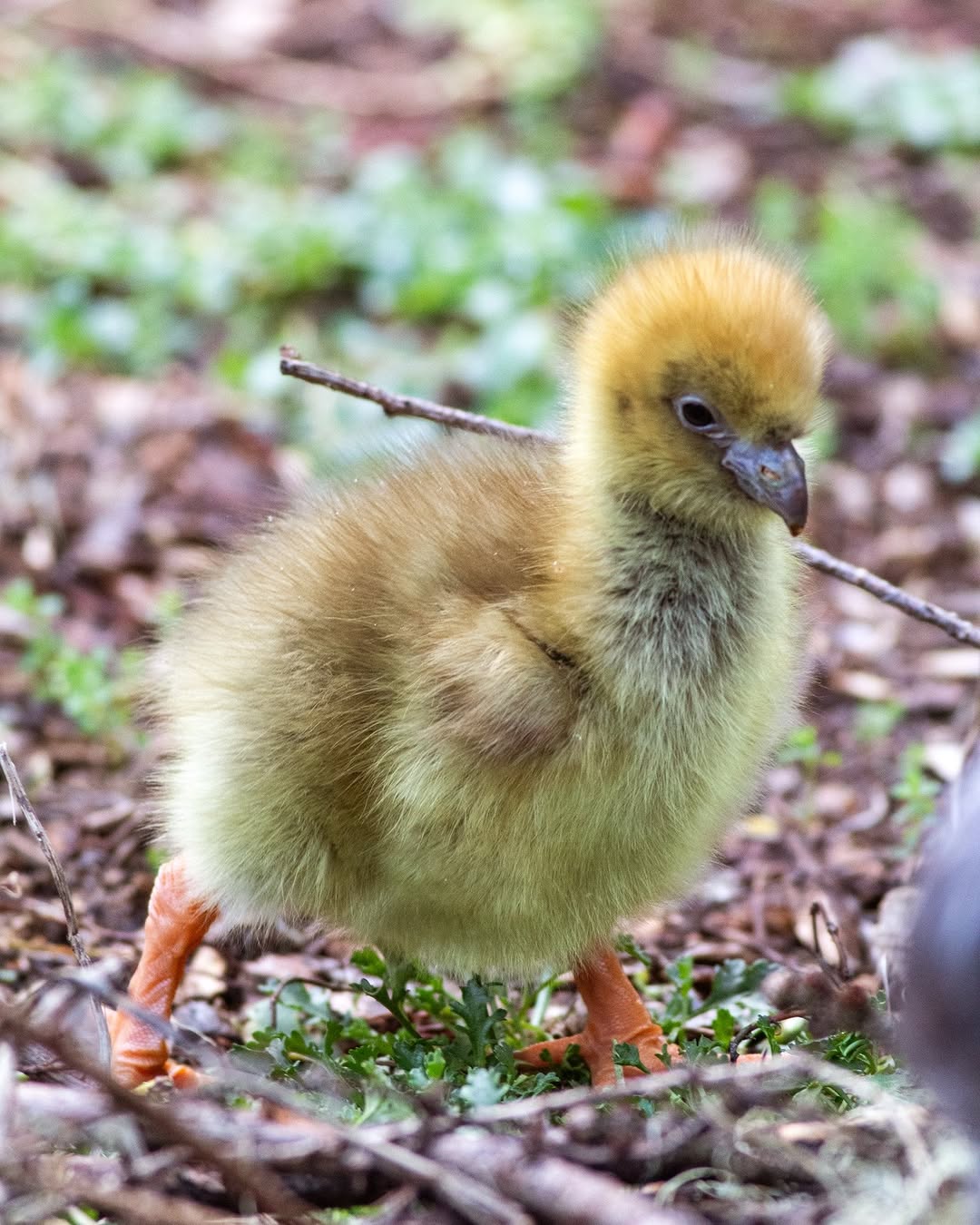- Introduction to the crested screamer species and their significance within zoological conservation efforts.
- The behaviors and roles of Boris and Ivana Screamalot in contributing to the crested screamer SSP.
- Details on the Species Survival Plan and its impact on biodiversity conservation.
- The importance of the new chick for genetic diversity and the long-term health of the species.
- Engagement of the wider community in the conservation process of crested screamers.
Animal care staff at the zoo were met with a delightful surprise on Christmas morning. A new chick had joined the crested screamer family, known as Boris and Ivana Screamalot. This event is more than just the birth of another bird; it’s a vital addition to a conservation initiative that places great importance on the preservation of species diversity. Understanding this event requires a thorough insight into the biology and conservation strategy that guides crested screamer protection efforts.
Crested screamers, or Chauna torquata, are a notable species indigenous to South America, particularly found in the wetlands of the Argentine Pampas and northern regions. This bird species, recognized mainly by its distinctive cry, plays a crucial ecological role in its habitat. It is imperative to appreciate their adapted morphology; a small head, strong legs, and a unique skin formation set crested screamers apart. Featherless necks and sharp spurs on their wings further distinguish them, allowing them to defend their nests fiercely. Conserving crested screamers helps maintain ecological balance in their natural habitats where they contribute to the regulation of aquatic vegetation.
The newly hatched chick marks a remarkable success in the Species Survival Plan (SSP) that oversees these birds within the zoo’s care. The SSP aims to sustain a genetically diverse and demographically stable population of species within zoological settings. Such endeavors ensure that even with shifting environmental conditions and habitat loss, a controlled population remains resilient and capable of reintroducing into the wild if necessary. This is particularly significant for birds like the crested screamer, which have seen fragmentation in their natural habitats due to human expansion.
Overseeing the SSP requires understanding the family dynamics of Crested Screamers. Boris and Ivana Screamalot, the chick’s parents, have displayed exemplary characteristics of this monogamous species. Both parents participate in guarding the nest, an interesting behavior that displays the shared responsibilities in avian family units. Their coordination during incubation ensured optimal conditions for the development of their clutch. Such behaviors provide profound insights into the natural practices that keep avian species thriving under care and stress the importance of holistic husbandry and management practices in their captive environment.
The Species Survival Plan works symbiotically with human caregivers and the birds themselves. It involves detailed examinations of genetic factors, ensuring that hatchlings are free from hereditary problems that might affect their survival. The program also prepares for controlled breeding efforts by taking into account factors such as genetic variability, which is indispensable for the health and viability of offsprings. Captive breeding in such a planned manner can potentially safeguard against the peril of a narrowing gene pool. This is crucial not only for the crested screamers but is emblematic for many species under significant threat.
The birth of this chick serves as yet another reminder of the importance of genetic diversity. Each chick born under the Species Survival Plan introduces new genetic material into the population, which enhances its overall resilience to diseases and environmental fluctuations. Increasing the gene pool diminishes the probability of genetic disorders, and strengthens the adaptability of the species. This new birth aligns with the global effort to mitigate the ongoing biodiversity crisis, drawing parallels to wild population dynamics and conservation statuses.
But it is not just scientists and zookeepers who play a pivotal role. Engaging communities and involving them in conservation work is crucial. By increasing public awareness, the zoo promotes the conservation message beyond the confines of enclosures. Visitors can learn about the personal traits of Boris, Ivana, and their chick, forming connections that transcend typical zoo visits. Naming the chick becomes more than a trivial affair; it fosters inclusivity, drawing the community into a shared journey of environmental stewardship and emotional investment with the species.
The educational programs in place at the zoo ensure that each visitor leaves with an awareness of broader conservation topics. Information dissemination about the crested screamer and similar species fosters a deeper public understanding of why conserving biodiversity is significant, shedding light on human impacts and preservation strategies. Such efforts link personal actions with international conservation targets, merging local instances with global ambitions to safeguard planetary biodiversity.
In summary, the arrival of the chick to Boris and Ivana Screamalot is a crucial development in the perpetual journey of wildlife conservation. The crested screamer’s small yet important role underlines much larger conservation challenges and potential successes. As visitors flock to see the new family member, professionals and enthusiasts both should keep in mind the broader implications of such joyful growth, spotlighting the continued need for dedicated conservation strategies, public education, and active participation in nurturing and protecting our planet’s biodiversity.
*****
Source Description
🎉 It’s a holiday surprise!
Animal care staff were overjoyed on Christmas morning when they discovered a brand new addition to the crested screamer family! After faithfully incubating and caring for their clutch, Boris and Ivana Screamalot welcomed a healthy chick on December 25, 2024.
Crested screamers are part of a Species Survival Plan (SSP) in which a healthy and diverse population is coordinated in human care. Every offspring is celebrated and contributes to the long-term success of the species, and we are so excited for the newest member of our Zoo family!
What would you name this fluffy bundle of holiday cheer? 🎁


